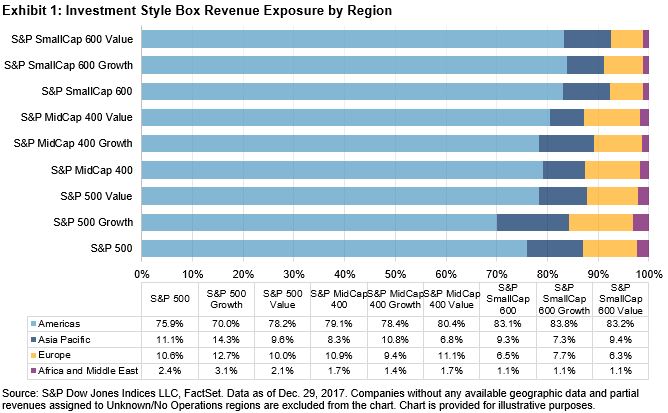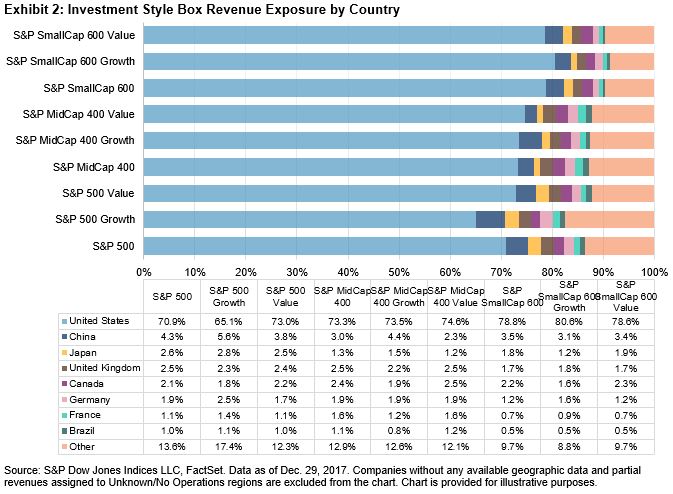Gaining clarity around the future spending, or consumption, that an investor’s savings can support is critical in planning for retirement. Being armed with information about retirement preparedness can inform one’s decisions about savings rate, expense budget in retirement, and investment selections. A first step towards solving this challenge is to understand how much retirement income costs.
One way to visualize retirement income is as a string of cash flows that fund a retiree’s consumption—the “retirement income liability”. The objective for investors is to fund these cash flows from current and future savings. Each of these cash flows has a price that is known from today’s bond yield curve. For example, the interest rate on a 10-year zero coupon US Treasury bond can be used to infer the present value[i] of a cash flow 10 years from now.
This framework suggests two primary risks that increase uncertainty about the degree to which current savings can support the retirement income liability. First, since the present value of future cash flows depends on interest rates, the cost of the liability is sensitive to interest rate changes. For example, if interest rates go up, the liability cost will go down, and vice versa. In addition, retirement consumption is likely to be in goods and services that rise in cost with inflation. Higher inflation means today’s savings do not have the same purchasing power in the future.
The S&P Shift To Retirement Income and Decumulation (STRIDE) Index Series can help cut through the fog of uncertainty.[ii] STRIDE Indices define a retirement income goal of $1 of inflation-adjusted income for 25 years, i.e., the Generalized Retirement Income Liability or “GRIL.” This definition assumes an average life expectancy of 20 years, beginning at age 65, plus a five-year buffer to account for uncertainty about life expectancy. Using real interest rates taken from available Treasury Inflation-Protected Securities (TIPS), S&P discounts each future $1 and adds them up to compute the present value of the GRIL, as shown in Exhibit 1.
 Chart is provided for illustrative purposes. Assumes that the first dollar of income is received at the end of the first year of retirement. Present value calculation assumes a hypothetical discount rate[iii] of 2%.
Chart is provided for illustrative purposes. Assumes that the first dollar of income is received at the end of the first year of retirement. Present value calculation assumes a hypothetical discount rate[iii] of 2%.
With this number, we can meaningfully translate a retirement account balance into expected future consumption. Dividing the current balance by the cost of income (the GRIL) provides an estimated annual income stream in retirement. This number is equivalent to the value, in real terms, that can sustainably be withdrawn each year for consumption during the retirement period.

These insights can help inform what an investment solution should look like. An investment solution integrated with the goal of retirement income should focus on reducing volatility in the ratio of account balance to cost of income, which reduces uncertainty in the income estimate. To learn more about how the S&P STRIDE Index Series incorporates a retirement income focus into its design, tune in for part 2 tomorrow.
Important Information
In response to the need for income-focused benchmarks within defined contribution plans, on January 11, 2016 S&P Dow Jones Indices (S&P DJI) launched the S&P Shift to Retirement Income and DEcumulation (STRIDE) Index Series.
The series features multi-asset class income-based indices tied to target retirement dates. Dimensional Fund Advisors worked collaboratively with S&P DJI to develop the glide path, inflation hedging, and duration hedging techniques used in these indices.
Disclosures
The S&P STRIDE INDEX is a product of S&P Dow Jones Indices LLC or its affiliates (“SPDJI”) and has been licensed for use by Dimensional Fund Advisors LP (“Dimensional”). Standard & Poor’s® and S&P® are registered trademarks of Standard & Poor’s Financial Services LLC (“S&P”); Dow Jones® is a registered trademark of Dow Jones Trademark Holdings LLC (“Dow Jones”); these trademarks have been licensed for use by SPDJI and sublicensed for certain purposes by Dimensional. Dimensional’s products, as defined by Dimensional from time to time, are not sponsored, endorsed, sold, or promoted by SPDJI, S&P, Dow Jones, or their respective affiliates, and none of such parties make any representation regarding the advisability of investing in such products nor do they have any liability for any errors, omissions, or interruptions of the S&P STRIDE Index.
Dimensional Fund Advisors LP receives compensation from S&P Dow Jones Indices in connection with licensing rights to the S&P STRIDE Indices. It is not possible to invest in an index.
Dimensional Fund Advisors LP is an investment advisor registered with the Securities and Exchange Commission.
[i] A ”present value” is how much a future sum of money is worth today.
[ii] To learn more about the S&P STRIDE Index Series, see S&P STRIDE Index Series Methodology, available at us.spindices.com.
[iii] A discount rate is the rate used to transform future cash flows into today’s dollars.
The posts on this blog are opinions, not advice. Please read our Disclaimers.













